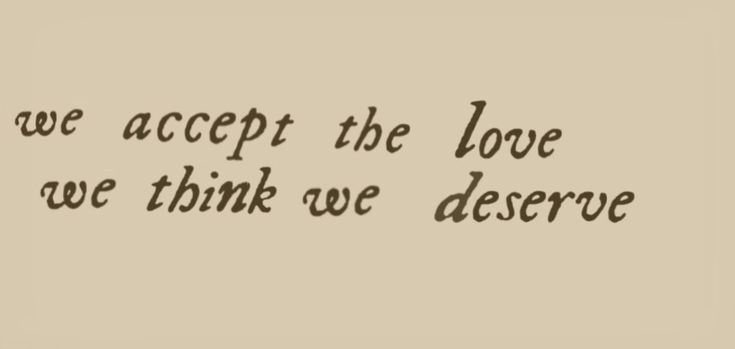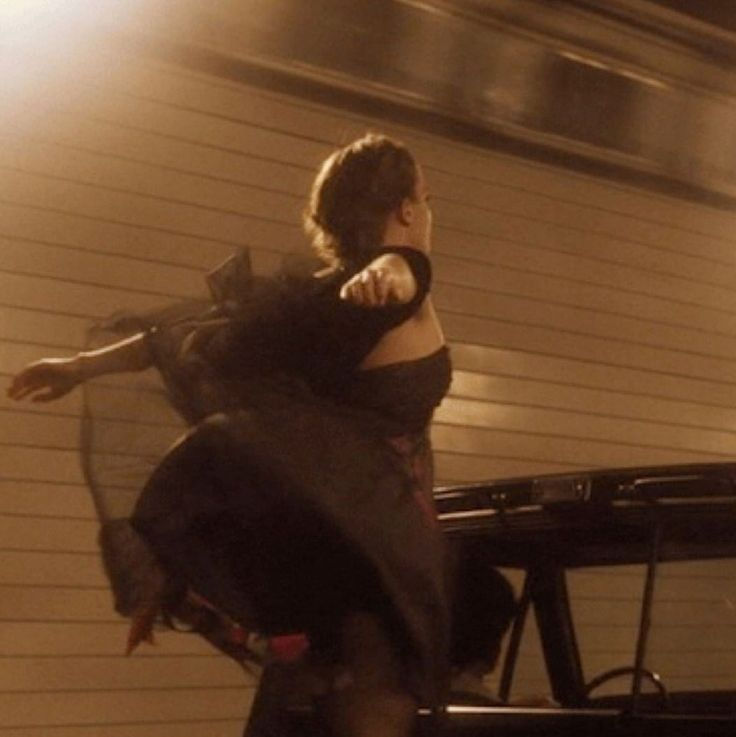Types of Film Openings: The Five Minute Hook :0
- Filza Chattha
- Nov 1, 2024
- 6 min read
Updated: May 20
A film's opening is key in setting the tone and grabbing the audience's attention from the start. It introduces the characters, establishes the story, and gives viewers a sense of the movie's world. The genre of the film influences the type of opening used. For example, action movies often feature "cold openings" — intense, suspenseful scenes like a robbery or a fight — to quickly engage the audience and draw them into the action.

Back Story:
A backstory film opening gives viewers important context before the main story starts. It helps the audience understand the movie’s world and characters. Finding Nemo (2003), directed by Andrew Stanton, uses this technique effectively. When done right, a backstory can also help grab the audience’s attention and set the emotional tone for the film.
In Finding Nemo, the opening scene shows Marlin (Nemo’s father) waking up to find that all his eggs and his wife, Coral, have been killed, leaving only one egg - Nemo. Marlin rushes to protect Nemo, which explains why he becomes so overprotective later in the film. This heartbreaking moment not only gives context but also creates an emotional connection with the audience from the start, leaving a strong impact.
Character:

A character film opening is one where the movie starts with details around the characters. It particularly helps set expectations of viewers on what to expect. These characters' introductions can show their internal battles, personality, relationship with others, and the main plot of the movie and the characters' role in it. It introduces the difference between the main characters and supporting characters by revealing the main character's personality and situation.
The movie Parasite (2019), directed by Bong Joon-ho, starts off by showing the socio-economic difference between the main character Choi Woo-Shik’s family in comparison to the wealthy Park family. The film opening introduces the characters and their struggle to make ends meet. Similarly, we see the wealthy park family that have a completely different lifestyle with an effortless and carefree outlook.

Teaser:
A teaser film opening is a brief, compelling sequence designed to intrigue the audience and provide a glimpse into the film's core themes without revealing too much. These openings typically feature minimal dialogue, relying on visuals and atmosphere to create suspense and captivate viewers from the outset. The goal is to pique interest and leave the audience wanting more, setting the stage for the unfolding story.
The film opening of Inception (2010), directed by Christopher Nolan, showcases this technique effectively. It begins with Dom Cobb, played by Leonardo DiCaprio, washed up on a mysterious beach. Armed guards approach him, leading him to an old man. As confusion washes over Cobb's face, we see a flashback of a younger Dom in the same room, speaking to what appears to be the same man. This sequence sets a tone of tension, blending reality and dreams as we see scenes of characters fast asleep in different settings.
The opening immerses the audience in a dreamlike atmosphere, with striking visuals and a haunting score that heighten the feeling of confusion. This intriguing glimpse into Cobb’s world makes viewers excited to explore the mysteries of the dreamscape that will unfold throughout the film.

Theme:
A theme film opening is designed to introduce the central ideas of the movie, often using visual imagery, music, and dialogue to engage the viewer.
In "Call Me by Your Name" (2017), directed by Luca Guadagnino, the Italian villa symbolizes carefree summer living and the joys of youth. The visuals, music, and dialogue immerse the viewer in this vibrant world.
Similarly, "The Lion King" (1994), directed by Rob Minkoff, uses its opening to establish key themes. The powerful song "Circle of Life" accompanies the presentation of Simba, the lion cub, to the animals of the Pride Lands. This moment highlights themes of leadership, responsibility, and the cycle of life, effectively setting the tone for the rest of the film. The location on Pride Rock symbolizes the lions' superiority over other animals, reinforcing their role as the rightful rulers of the Pride Lands.

Tone:
A tone-setting film opening establishes the mood or atmosphere of the movie right from the start. This is achieved through a blend of visual elements, music, dialogue, and narrative style.
The Social Network (2010), directed by David Fincher, establishes the tone of the movie from the outset by showcasing the hasty personality of Mark Zuckerberg, played by Jesse Eisenberg. The dialogue is delivered in a fast-paced manner during Mark's conversation with his girlfriend, creating an uneasy feeling for the viewer due to his character's demeanor. Mark's social awkwardness is evident through his eye movements, dialogue, and body language. He comes off as a snobby, intelligent individual driven by ambition. This scene is followed by a rapid coding sequence, which encapsulates the essence of the film by demonstrating his passion for what he does and his exceptional skill in it.

Prologue:
A prologue in a movie opening helps provide essential information that better explains the storyline and sets the stage for the events to come. It often gives viewers insight into the character’s personality, motivations, and challenges, helping them connect with or better understand the character's dilemma. Through the character’s likes, dislikes, problems, and interactions with others, viewers can relate to their journey and emotions.
In Harry Potter and the Philosopher’s Stone (2001), directed by Chris Columbus, the prologue introduces the magical world. Dumbledore uses a Deluminator to darken Privet Drive, showing that magic is real. He is joined by Hagrid, who brings baby Harry, revealing that Harry is an orphan. This helps the audience understand Harry’s struggles and his kind, patient nature.
The prologue also shows how badly Harry is treated by the Dursleys, living in a cupboard under the stairs. Even so, Harry creates small moments of happiness and is shown as a brave, determined boy. This helps viewers connect with him emotionally.
A prologue can do many things: foreshadow events, introduce important characters, explain backstories, set the tone, and show the world or main conflict. In Harry Potter, the prologue helps build the story and gives the audience a deeper understanding of Harry and his world.

A Day in the Life:
The Day in the Life opening sequence in the film helps viewers visualize a typical day in the character’s life, allowing them to understand the character's personality, likes, dislikes, and the essential people involved in their life. This approach reveals the character’s interests and may include subtle foreshadowing of future conflict.
The movie Lady Bird (2017), directed by Greta Gerwig, uses this type of opening to showcase the complex relationships and struggles in Lady Bird’s life. The film begins with Lady Bird (Saoirse Ronan) and her mother, Marion (Laurie Metcalf), on a college trip in their car, listening to an audiobook. Both are moved by the narration, and a sense of shared emotional vulnerability emerges. The viewers are quickly brought into their complex relationship as they get into a heated argument about Lady Bird’s desire to attend college out of state. Dark humor is introduced when Lady Bird, feeling trapped, throws herself out of the moving car.
The opening sequence flawlessly captures the film's focus on raw emotions, humor, and Lady Bird's complex personality.

Cold Opens:
Cold Opens in films dives directly into an intense or unexpected moment, immediately grabbing the audience's attention without any preface. This technique is often used to establish a sense of urgency or to foreshadow major conflicts and stakes that will unfold throughout the story.
The movie Avengers: Infinity War (2018), directed by Anthony and Joe Russo, uses a cold opening to set a dark and foreboding tone for the film. The movie opens with Thanos (Josh Brolin) and his Black Order attacking the Asgardian refugee ship. The audience is thrown into chaos as Thanos, relentless in his quest for the Infinity Stones, defeats Thor (Chris Hemsworth), Hulk (Mark Ruffalo), and Loki (Tom Hiddleston) with ease. The brutal scene, ending with Loki’s death, establishes Thanos’s power and ruthlessness, showing he will stop at nothing to achieve his goals.
This opening sequence encapsulates the film’s high stakes and impending tragedy, setting the stage for a story of loss and sacrifice. By starting with this cold open, the film effectively draws viewers into its gravity and builds anticipation for the unfolding conflict.
scenes lean towards elaborate, stunt-filled, nail-biting action sequences. They set the stage, and let the audience know what they’re in for. Most action movies have cold openings that quickly put suspense into the viewer through a robbery or an intense fight scene.

Flash Forward:
A Flash Forward opening sequence in film jumps ahead to a pivotal or climactic moment in the story before returning to an earlier point, creating suspense and giving viewers a glimpse of the story's stakes. This technique is used to foreshadow future events and draw the audience into the narrative with a sense of anticipation.
The movie Maleficent (2014), directed by Robert Stromberg, uses a flash forward to set up the central conflict and dramatic tension. The film opens with Maleficent (Angelina Jolie), a powerful fairy, watching over the sleeping infant Princess Aurora, whom she has cursed. This scene presents Maleficent not just as a feared villain but as a character with complex motives and emotions. It introduces the idea that her curse will have lasting consequences, both for her and for Aurora, which will drive much of the story.
This flash-forward effectively establishes the film’s central theme of betrayal, redemption, and the unintended consequences of revenge. By showing Maleficent’s dark yet conflicted relationship with Aurora, the opening draws viewers in and encourages them to question how this cursed bond will evolve.




Comments